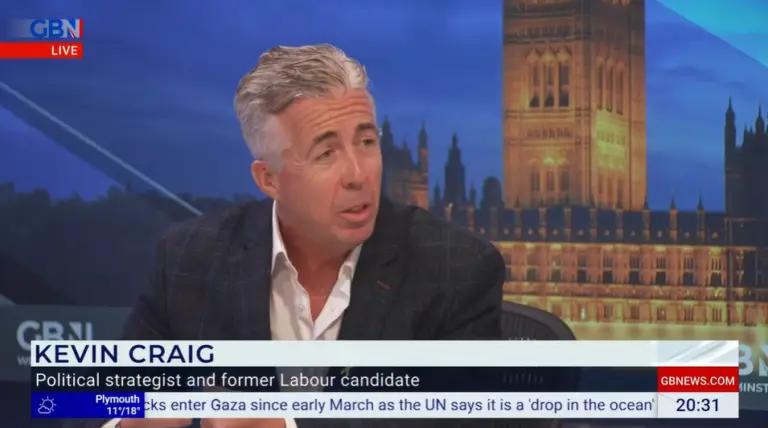Last week in PMQs, Labour launched a new attack on the Conservative Party with Ed Miliband inquiring “The Prime Minister said that in 2014 he was going to lead the way on women’s equality. Can he tell us how that is going in the Conservative party?”

Looking at Cameron’s front bench with Theresa May missing last week, this is an easy line to take.

But can it be said that the Conservative Party really have a problem with women?
Historically, the Conservative Party have played a major part in some key moments for women. The first woman MP, Nancy Langhorne, was a Conservative and of course the Conservatives elected the first woman party leader and Prime Minister – Margaret Thatcher. But some are using the run of Conservative women MPs as evidence for a women problem in Tory politics. These MPs are Jessica Lee, Lorraine Fullbrook and Laura Sandys, as well as Louise Mensch who quit as an MP in 2012 and Anne McIntosh who has recently been de-selected by her local party. It is unfortunate for the Tories that she deemed this to be as a result of “ungentlemanly behaviour”. However, those who are not re-standing have stated they have made this decision based on their current personal circumstances. This could be a cover-up for wider issues, but giving this answer invites no further questioning. It has gone seemingly unnoticed that seven female Labour MPs have all announced their resignation for 2015.
So is this just a Tory problem? No.
In terms of appearing to be women-friendly It could be argued that the Labour Party have played a cleverer game – appointing women to key positions, such as Harriet Harman, Yvette Cooper, Maria Eagle and Angela Eagle. But Ed’s election team as shown below shows that behind closed doors, Team Labour are dominated by men also.

Furthermore, the Liberal Democrats have also been criticised for having only seven out of 57 women MPs.
What is true is that a lack of women MPs is certainly a more visible issue in the Conservative Party. Only 30% of Conservative Prospective Parliamentary Candidates are women, so the percentage of Conservative women MPs standing at 16% is unsurprising. The Conservative Party are failing to attract women at a lower level.
This is not due to lack of trying, however. Women2Win are leading the campaign to elect more Conservative women to Parliament and put on intensive training sessions for potential candidates. The Conservative Women’s Association host a multitude of events and have a comprehensive development programme for women to become councillors, members of the London, Welsh and Scottish Assemblies as well as Members of the European Parliament.
Despite this, there is still a “supply issue” of Conservative women – as was put by Isabelle Hardman, the Assistant Editor of The Spectator’s Coffee House Blog. So should the Conservative employ the controversial all-women list systems used by Labour in the run up to the 2010 elections? Isabelle said that this is unlikely to be the case, and furthermore some women do not want to be on these lists – which can make them feel uncomfortable. Women want to be judged on merit alongside the men.
While we watch this argument play out, one thing is for sure – whether there is a “women problem” in the Tory Party or not, it is proving to be an effective line of attack, so we shouldn’t be surprised if we see a big gesture from Cameron in the coming months.




